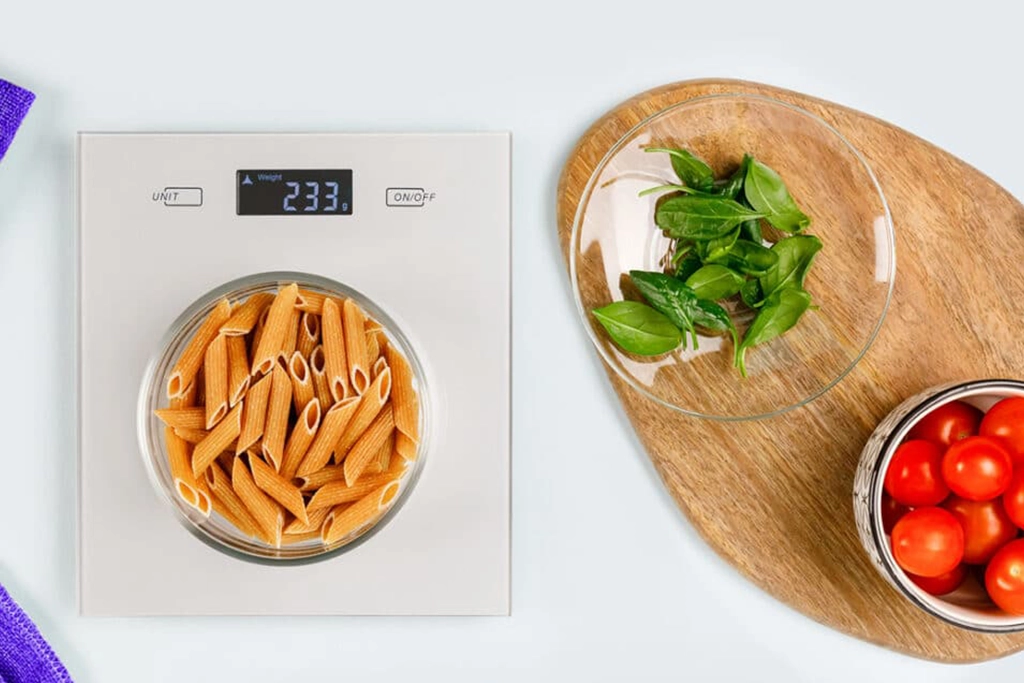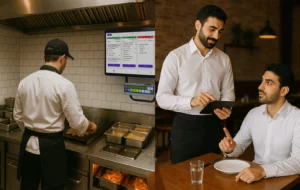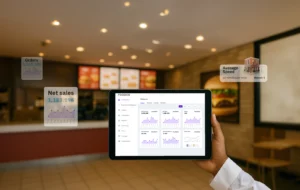The continuity and growth of any restaurant require the mastery of a different set of parameters, and weighing ingredients always comes first.
Whether you have one restaurant or the owner of several branches, the key element behind your business success is the consistency of dishes in taste and portions. Here is when measuring ingredients takes all the credit.
Suppose you’ve looked at a recipe book from any restaurant recently; in that case, you will notice that ingredient quantities are specified in standard weights, with grams instead of measuring cups, tablespoons, teaspoons, and so on.
Why Do Restaurants Start Using Scales and Adding 200 Grams of Flour to Their Recipes Instead of 1 Cup?
The answer is straightforward: precision. The more we use the ingredients precisely, the more we eliminate waste and increase profits. Also, there is one more advantage of measuring all components, saving you from staff theft.
In successful restaurants, consistency is vital!
Measuring ingredients by weight is simply the most accurate and consistent way. In successful restaurants, dishes should be the same for every guest, every time, and weight is the best way to deliver standardized results.
Accuracy and consistency are also important in the precise world of the food and beverage industry, which require incredibly small or distinct quantities measured in tenths of a gram to function correctly.
The ingredients of any dish are divided into dry ingredients and liquid ingredients, which have different ways of measuring.
Dry Ingredients and Solid Ingredients
Dry ingredients such as flour and white sugar are the most subjectable to mistakes and variations when measured by volume. The fact is that a “cup of flour” might represent a different quantity of flour depending on the person measuring it, the measuring technique they use. However, 200 grams of flour is always 200 grams of flour, no matter what
The same as for large solid ingredients; how many berries are in a cup of berries? These errors and questions fade when determining weights.
Liquid Ingredients
Liquid measuring cups are the perfect tool for measuring liquid ingredients like milk, water, oil. An essential aspect of measuring liquids is placing the sized liquid measuring cup on a flat, stable surface. This ensures the surface of the liquid is perfectly balanced, hence, proper measurement. Using weight to measure is only slightly less important for liquids, as a measuring cup of milk does not usually vary by a hugely significant amount.
Some ingredients require a functional measuring tool considering their texture and nature, such as peanut butter and honey. You need to use Adjustable Measuring Spoons and Cylinder or Adjustable Measuring Cup.
How Foodics Ensures Your Restaurant is Appropriately Monitoring Ingredients?
A sound inventory management system is what your restaurant needs. Foodics ensures there is no space for wastage of products or overuse of ingredients. Foodics provides your restaurant with a management system that supports ingredient level tracking by creating a report for food waste that explicitly shows you your ingredient and supply quantities, hence, minimizing food waste.
An intelligent restaurant management system will not track your ingredients by the grain but rather by total weight through its scale integrations feature that allows you to pull the weight of an item directly from the scale; no manual entry is required every time. Check out what Foodics can do for your business with its advanced features and tools.


